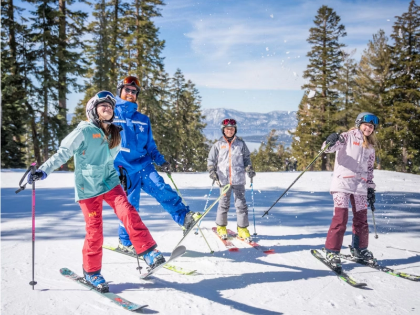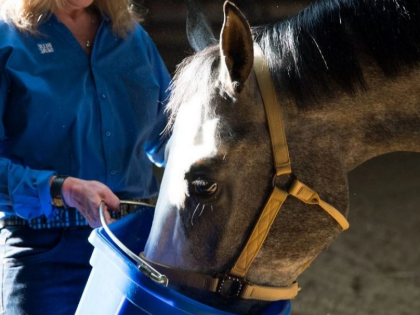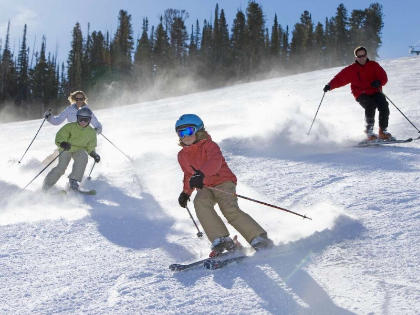Surfing Etiquette: The Lineup Rules
Maintaining a pleasant and friendly surfing community requires an understanding of surf etiquette. Find out more about the unspoken guidelines for the queue, such as who gets to move first and how to prevent dropping in or snakeing someone. It's critical to keep in mind that precedence goes to the surfer who is closest to the wave's peak. At a beach where waves break both left and right, this is extremely crucial.
1. Pay Attention to the Wave
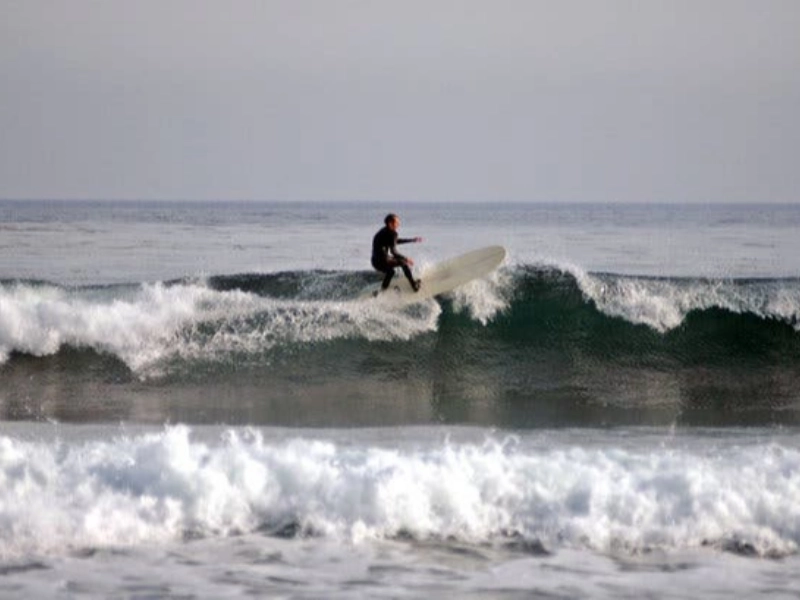
2. Avoid playing the waves.
 Making the mistake of trying to catch every wave can lead to injury and conflict with other surfers. It's critical to wait your turn and abide by the unwritten surf laws at every break.
In most lineups, a surfer who is closer to the peak gets priority, and it is widely regarded as bad manners to paddle for someone else's wave. It's polite to let the surfers behind you know if you plan to paddle for a wave you know you won't catch so they can alter their positioning.
In the lineup, it's also improper to try to cut off a surfer by snaking or paddling around them. This can be deadly if you end up crashing into another surfer's board at a high speed, in addition to causing tension and aggression. Paddle wider, go back into the centre of the lineup, and wait for your turn; this is a far superior strategy. This also helps you to save your energy for any turtle rolls or duck dives you might need to do later in the workout.
Making the mistake of trying to catch every wave can lead to injury and conflict with other surfers. It's critical to wait your turn and abide by the unwritten surf laws at every break.
In most lineups, a surfer who is closer to the peak gets priority, and it is widely regarded as bad manners to paddle for someone else's wave. It's polite to let the surfers behind you know if you plan to paddle for a wave you know you won't catch so they can alter their positioning.
In the lineup, it's also improper to try to cut off a surfer by snaking or paddling around them. This can be deadly if you end up crashing into another surfer's board at a high speed, in addition to causing tension and aggression. Paddle wider, go back into the centre of the lineup, and wait for your turn; this is a far superior strategy. This also helps you to save your energy for any turtle rolls or duck dives you might need to do later in the workout.
3. Express Your Intentions
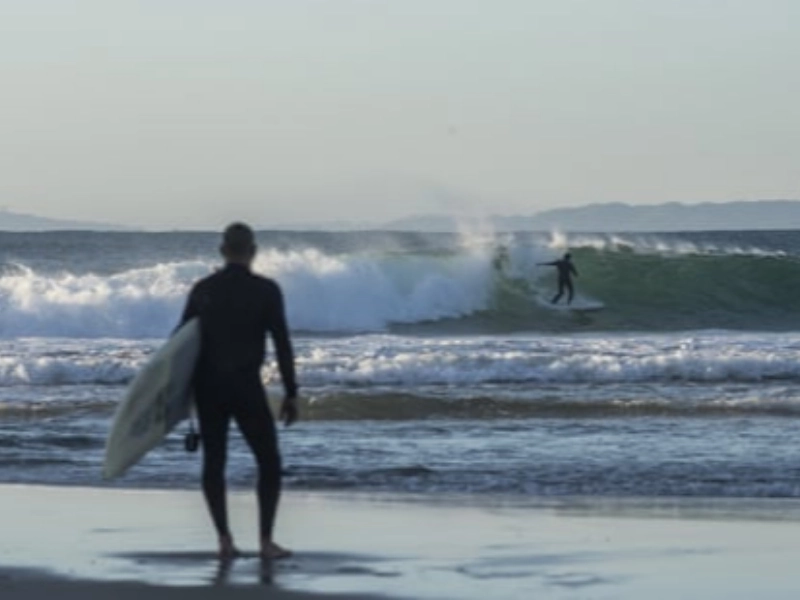 Maintaining safety and respect in congested lineups requires surfers to communicate clearly with one another. To communicate your intentions to other surfers, use hand signs or vocal cues like "going left" or "going right." This will lessen the chance of crashes and needless annoyance.
Do not paddle around another surfer in an attempt to grab their wave, a tactic known as snaking. It might be risky and is regarded as poor manners. In addition, it is unfair to the surfer who is ahead of you on the wave; they should get their turn.
Lastly, respect local surfers by giving them precedence on their home break. By doing this, you'll express your gratitude to them and support a friendly surfing community.
Maintaining safety and respect in congested lineups requires surfers to communicate clearly with one another. To communicate your intentions to other surfers, use hand signs or vocal cues like "going left" or "going right." This will lessen the chance of crashes and needless annoyance.
Do not paddle around another surfer in an attempt to grab their wave, a tactic known as snaking. It might be risky and is regarded as poor manners. In addition, it is unfair to the surfer who is ahead of you on the wave; they should get their turn.
Lastly, respect local surfers by giving them precedence on their home break. By doing this, you'll express your gratitude to them and support a friendly surfing community.
4. Exchange Waves
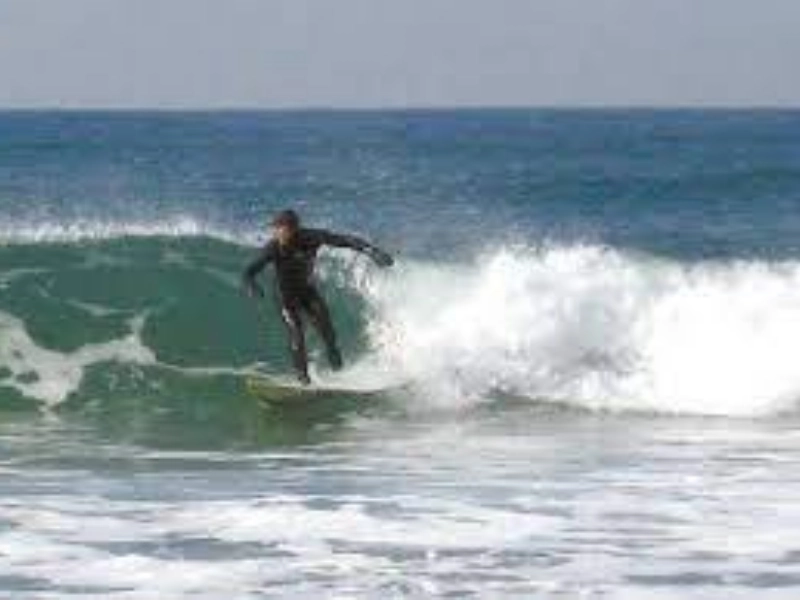 Surfing etiquette keeps surfers of all skill levels happy and safe. Everyone is guaranteed the opportunity to enjoy surfing at their local break thanks to an unwritten set of norms centred on respect and sharing.
For example, if you’re paddling for a wave and realise that you probably won’t catch it, it is polite to give a shout of “right” or “left” to other surfers in the lineup. This lets them know that you’re going for the wave and will help avoid any collisions.
Another typical error that can lead to conflicts among surfers is snaking. This is the act of paddling around other surfers to gain priority on a wave, which is not cool and can be dangerous. Another major no is dropping in on someone. It’s the surfer closest to the peak who has priority, and you should yield to them as they ride the wave down the line. This is especially important if you’re at a crowded spot.
Surfing etiquette keeps surfers of all skill levels happy and safe. Everyone is guaranteed the opportunity to enjoy surfing at their local break thanks to an unwritten set of norms centred on respect and sharing.
For example, if you’re paddling for a wave and realise that you probably won’t catch it, it is polite to give a shout of “right” or “left” to other surfers in the lineup. This lets them know that you’re going for the wave and will help avoid any collisions.
Another typical error that can lead to conflicts among surfers is snaking. This is the act of paddling around other surfers to gain priority on a wave, which is not cool and can be dangerous. Another major no is dropping in on someone. It’s the surfer closest to the peak who has priority, and you should yield to them as they ride the wave down the line. This is especially important if you’re at a crowded spot.

